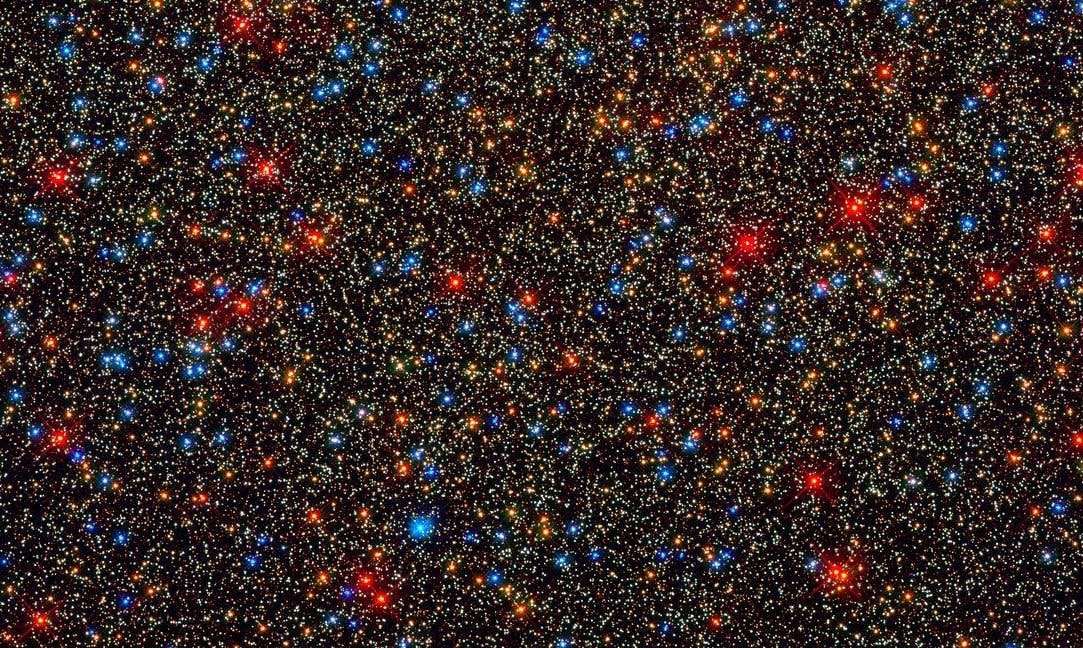Finding out if there is life in the Universe is far from easy and even the preliminary steps are full of uncertainties. Planetary scientists don’t completely agree on what ingredients make a planet habitable, so astronomers often focus on simple characteristics such as being at the right distance from the star.
A new study, looked at this for hundreds of thousands of stars all belonging to Omega Centauri, the largest globular cluster of stars in the Milky Way. The team focused on the the core of the cluster which is 16,000 light-years away. They selected the 350,000 stars most likely to have planets around them and studied how many might have one in the habitable zone, the region where its not too hot and not too cold.
“Despite the large number of stars concentrated in Omega Centauri’s core, the prevalence of exoplanets remains somewhat unknown,” author Stephen Kane, from UC Riverside, said in a statement. “However, since this type of compact star cluster exists across the universe, it is an intriguing place to look for habitability.”
“The core of Omega Centauri could potentially be populated with a plethora of compact planetary systems that harbor habitable-zone planets close to a host star. An example of such a system is TRAPPIST-1, a miniature version of our own solar system that is 40 light years away and is currently viewed as one of the most promising places to look for alien life.”
Their results are not great. The issue is not with the stars themselves, it’s with the whole globular cluster. Stars are about 0.16 light years apart from each other. On average each star interacts with another every million years, making a stable planetary system quite unlikely.
“The rate at which stars gravitationally interact with each other would be too high to harbor stable habitable planets,” author Sarah Deveny explained. “Looking at clusters with similar or higher encounter rates to Omega Centauri’s could lead to the same conclusion. So, studying globular clusters with lower encounter rates might lead to a higher probability of finding stable habitable planets.”
The closest star system to earth is Alpha Centauri 4.22, light years away, and its smallest star, Proxima Centauri has a few planets around it. Alpha and Omega Centauri are not related apart from appearing close to each other in the sky, but I liked this serendipitous “Alpha and Omega” situation for planets in the constellation of Centaurus.
Image: The Omega Centauri cluster. NASA, ESA, and the Hubble SM4 ERO Team
Paper: Habitability in the Omega Centauri Cluster. ArXiv Link
